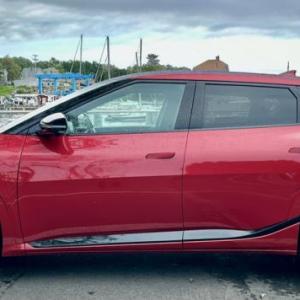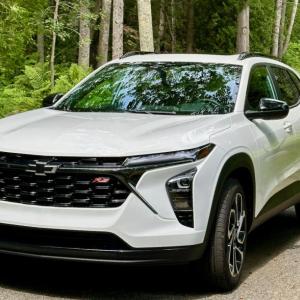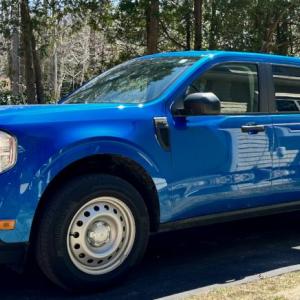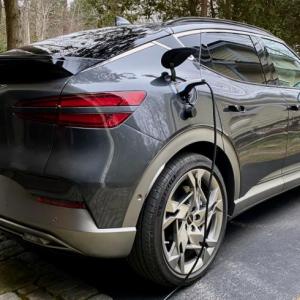The Wheels of 2023—an Interesting Year
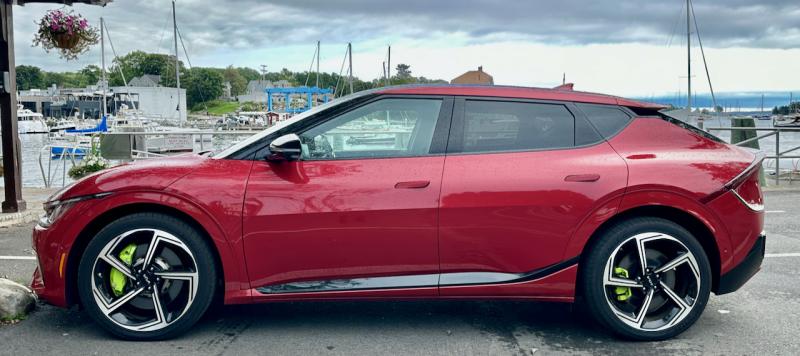 Modern muscle: the Kia EV6 GT.
Modern muscle: the Kia EV6 GT.
 Old-school automotive tech done so, so well: the AMG G63.
Old-school automotive tech done so, so well: the AMG G63.
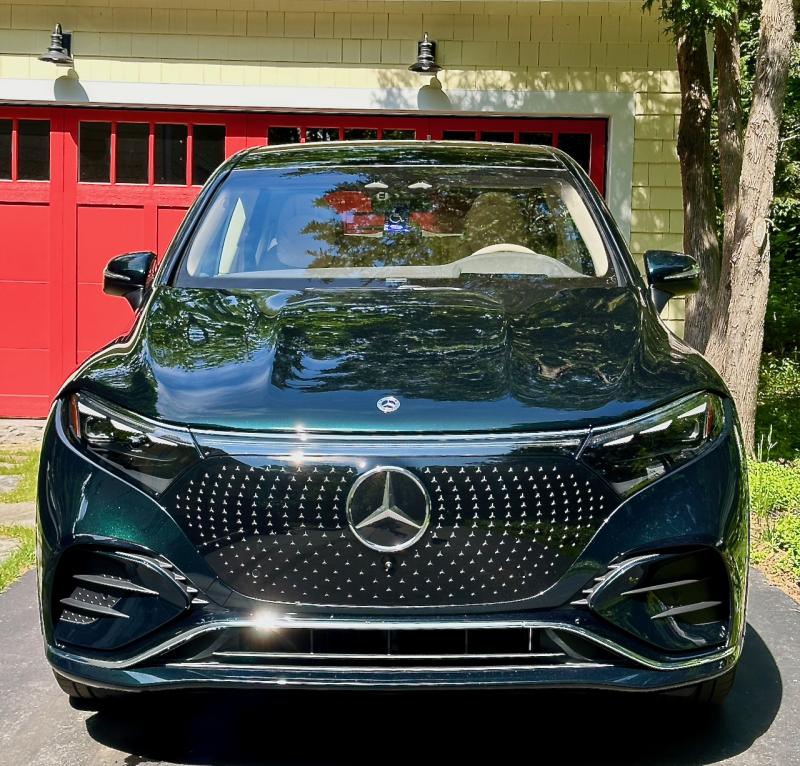 New-school automotive tech done well: the Mercedes-Benz EQS 580 4Matic.
New-school automotive tech done well: the Mercedes-Benz EQS 580 4Matic.
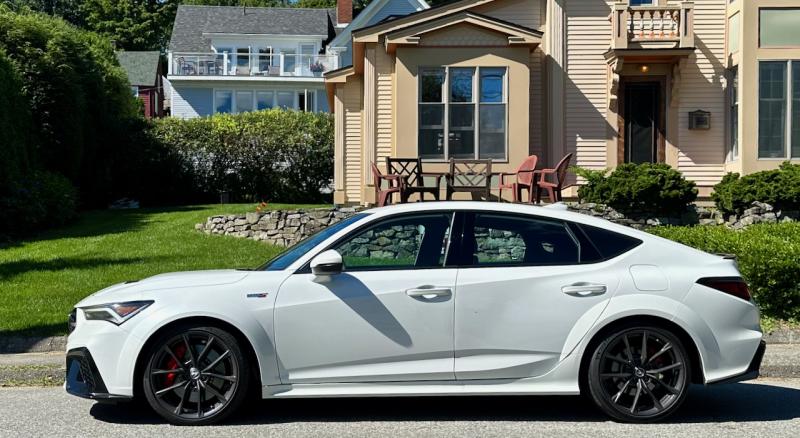 Sport sedans aren’t for everyone, but this one might be: the Acura Integra Type S.
Sport sedans aren’t for everyone, but this one might be: the Acura Integra Type S.
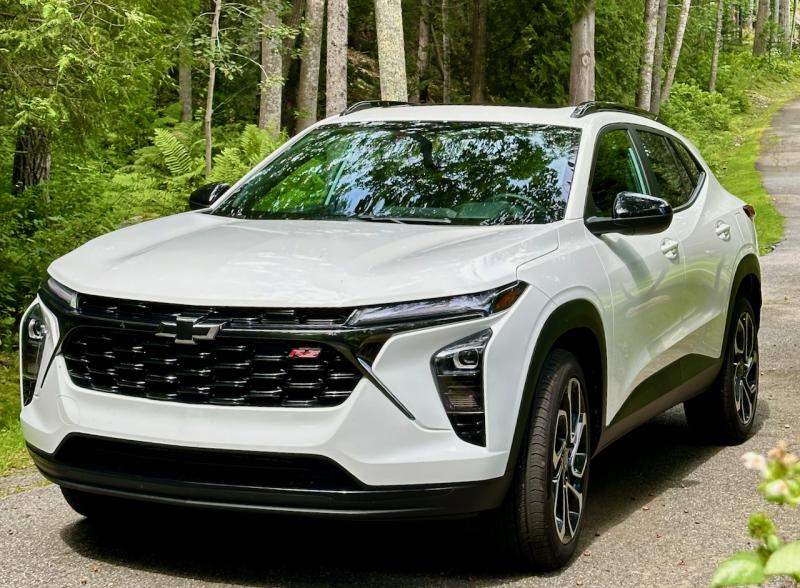 Best makeover of the year: the Chevrolet Trax.
Best makeover of the year: the Chevrolet Trax.
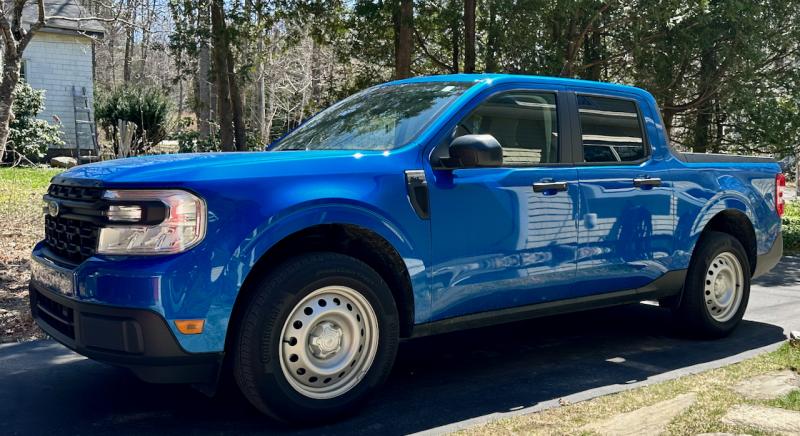 User-friendly and priced that way: the Ford Maverick XL Hybrid.
User-friendly and priced that way: the Ford Maverick XL Hybrid.
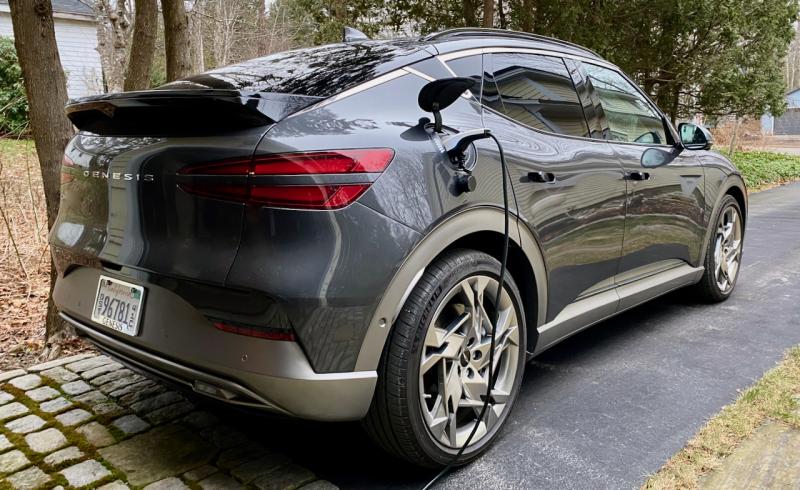 More new-school automotive tech done well: the Genesis GV60 Performance.
More new-school automotive tech done well: the Genesis GV60 Performance.
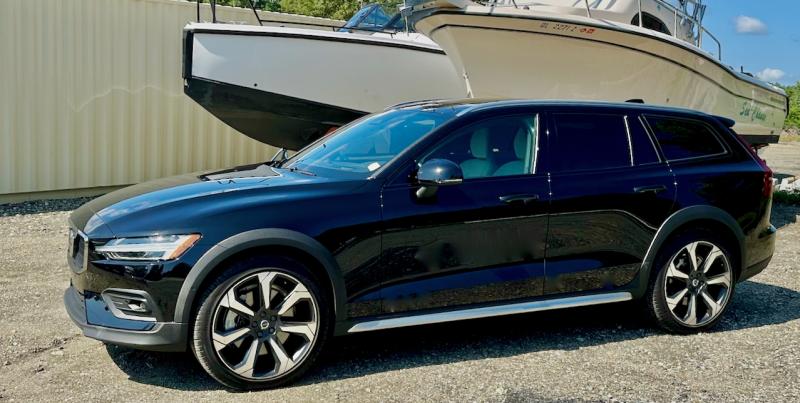 Much more than just “Mom’s Volvo”: the V60 Cross Country B5 AWD.
Much more than just “Mom’s Volvo”: the V60 Cross Country B5 AWD.
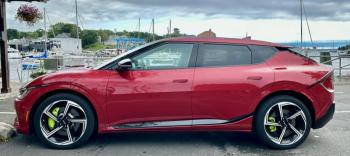 Modern muscle: the Kia EV6 GT.
Modern muscle: the Kia EV6 GT.
 Old-school automotive tech done so, so well: the AMG G63.
Old-school automotive tech done so, so well: the AMG G63.
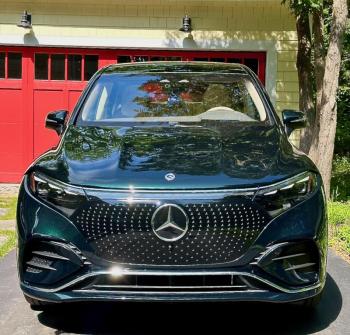 New-school automotive tech done well: the Mercedes-Benz EQS 580 4Matic.
New-school automotive tech done well: the Mercedes-Benz EQS 580 4Matic.
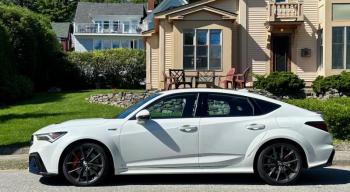 Sport sedans aren’t for everyone, but this one might be: the Acura Integra Type S.
Sport sedans aren’t for everyone, but this one might be: the Acura Integra Type S.
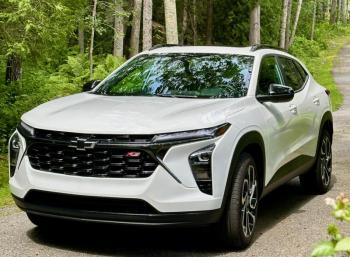 Best makeover of the year: the Chevrolet Trax.
Best makeover of the year: the Chevrolet Trax.
 User-friendly and priced that way: the Ford Maverick XL Hybrid.
User-friendly and priced that way: the Ford Maverick XL Hybrid.
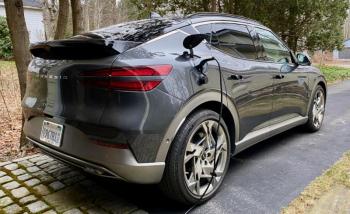 More new-school automotive tech done well: the Genesis GV60 Performance.
More new-school automotive tech done well: the Genesis GV60 Performance.
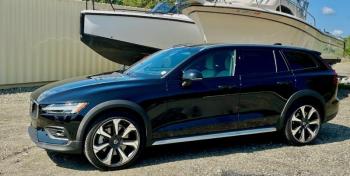 Much more than just “Mom’s Volvo”: the V60 Cross Country B5 AWD.
Much more than just “Mom’s Volvo”: the V60 Cross Country B5 AWD.
The second-most expensive car I was handed the keys to last year was, no big surprise, a Mercedes-Benz—specifically a battery-electric SUV, specifically the EQS 580 4Matic, which stickered at $135,590. Was it impressive? Oh, my. It was exceedingly complex, eerily quiet, decadently comfortable, ferociously quick and, like it or not, a taste of the future—a future that is already here. Why are some of us so alarmed about a trend that is arguably a huge benefit?
Somehow, electric vehicles have become another front in the war between Far Right and Far Left. People have asked, almost confrontationally, where I stand on EVs. So here’s my take: I’m impressed with the engineering, efficiency and performance; overall, EVs are much cheaper to operate and maintain; and they suit my needs. I don’t drive more than 200 or so miles at a whack, I don’t tow a trailer or transport big loads, and there’s only two of us at home. I’ll probably buy one in the next few years.
But I’m still a petrolhead, too. In my garage there’s a shiny black two-seater with a big, premium-gas V-8 in the nose. I’ve had it for years and put less than 1,000 miles on it annually, and then only in perfect weather. It’s unlikely I’ll ever get rid of it. However, given the pace of EV adoption, I can easily imagine this scenario: My oldest grandkid is 10. On one of her visits, in seven years, when she has her driver’s license, I’ll take her out to the garage, open the doors and fire up the V-8. She’ll clap her hands to her ears in alarm and shout, “Granddad, what’s that awful noise?” Sic transit gloria mundi . . .
Back to topic: Should government force us into EVs? No; I think common sense will do that, sooner or later. (Yes, government subsidies help prop up EV sales now, but Big Oil has been benefitting from enormous subsidies for decades.) Prices are dropping; batteries and range are improving; the charging network is expanding; and, across the board, we really do need to cut way, way back on burning fossil fuels.
The latest figures show that at about 14,000 miles, an EV becomes more and more environmentally beneficial than an internal-combustion vehicle, even accounting for the extraction and processing of the metals needed for batteries and electronics. Yes, on the road an EV is only as clean as the electricity it runs on, but this year, 2024, solar and wind power will surpass coal generation in the US for the first time, and that 40% figure is expected to increase quickly.
EVs themselves are also moving ahead on all fronts, from every aspect of manufacturing to driving and finally to recycling exhausted EV batteries. (However, if you still don’t believe the hard data on carbon emissions and climate, nothing I can say will change your mind.)
Enough preaching. Two of the very “best” vehicles of my year were not only powered by internal combustion, but they were also the least expensive vehicles of the year. One of them was even a pickup: The Ford Maverick, a compact crossover SUV with a truck bed in place of the rear seats and a frugal three-cylinder gas engine with electric assistance. (OK, a hybrid.) The new Maverick is the poster child for user-friendly, as a $23,690 tool box to drive to the job site or a second vehicle for the homeowner whose weekends involve visits to the dump, the landscape center and the hardware store.
The second surprising all-star of 2023 was also from the home team: the all-new Chevrolet Trax. Our 2RS version was astonishingly attractive, astonishingly capable and competent, and, at just $26,540, astonishingly value-priced yet still well equipped for comfort, convenience and safety. All it lacked was an AWD option. Hmm, it too had a modest three-cylinder gas engine (but no electric assist).
There were plenty of other standouts last year too. Honda sent us not one but two exceptional sports sedans—the Civic Type R and its grown-up cousin, the Acura Integra Type S—that all by themselves should reawaken interest in manual gearboxes and clutch pedals. The Dodge Charger Scatback Widebody Swinger Special Edition showed us that even Detroit muscle cars can achieve true balance, if not succinct names. And the Toyota GR86 is the exception to the rule that real sports cars cost real money.
The Hyundai Elantra N, the Genesis G90, G80 and GV60, and the Kia Seltos reinforced my hunch that Korea Inc. is pushing the car envelope further and faster at better prices than almost anyone else. And a pair of Volvos, the hybrid S60 Recharge AWD and the V60 Cross Country, made it clear that seemingly staid family cars can also meet the future very well.
Still, my very favorite of last year’s cars was in fact an EV—except for the one that tied it for first place, the Mercedes-Benz AMG G63 4X4 über-wagon. I was prepared to dismiss this as wretched excess, ostentatious transport for an oligarch’s bodyguards, but it turned out to be an automotive tour de force. I fell head over heels for it—but, with more baubles than a Neiman Marcus Christmas tree, our example came to $172,300. That made it the costliest car of my 2023.
Which leads me to my other true love of the year, the electric, and electrifying, Kia EV6 GT AWD. At first glance, it might appear to be an economy hatchback, a mere grocery-getter; in fact, it is a deceptively sophisticated small wagon that packs two electric motors and 576 horsepower into a performance-tuned chassis capable of transporting four people comfortably for 250 miles before its 800-volt recharging system needs to be plugged in again. Awesome—and Kia also offers the EV6 in less powerful iterations that cost much less than the $65k GT AWD.
So if my wife’s Powerball ticket paid off tomorrow, shortly afterward an AMG G63 and an EV6 GT AWD might show up in my stable—alongside that black V-8 coupe and after I add onto the garage. Next year, of course, I might have to re-think the mix.

